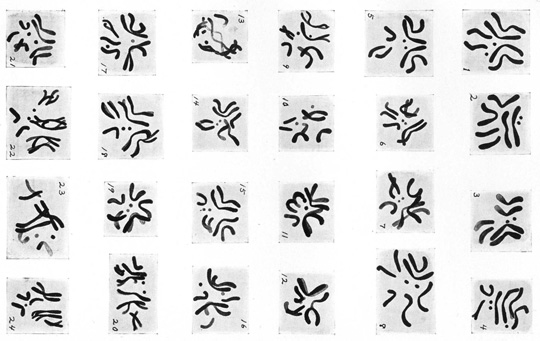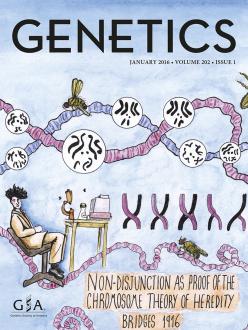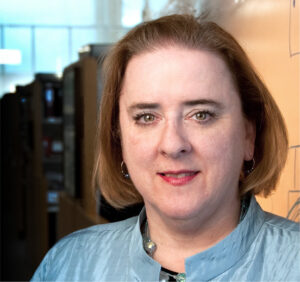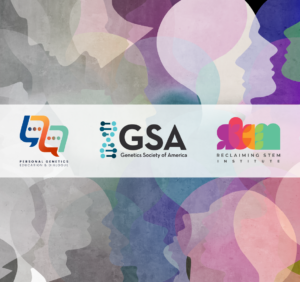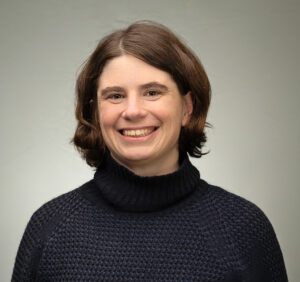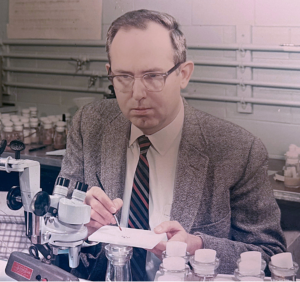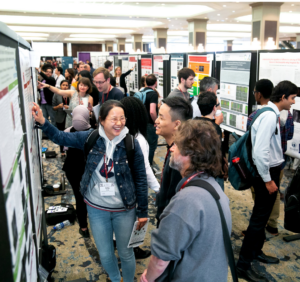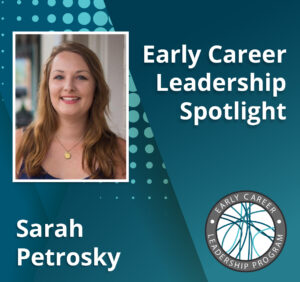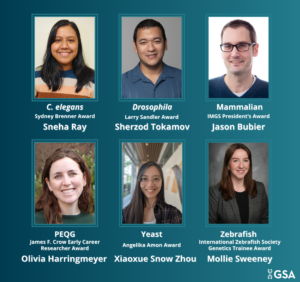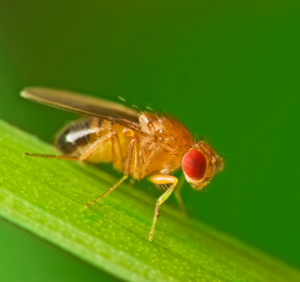In 1916, in the very first issue of GENETICS, Calvin Bridges published his proof that genes are carried on chromosomes. One hundred years later, genetics is again at the brink of a major transformation, as efficient genome engineering becomes a reality. During this century of incredible advances, GENETICS, published by the Genetics Society of America, has remained an authoritative record of the field and a crucial forum for scholarly debate, publishing more than 18,000 articles of high-quality, original research on genetics and genomics. Throughout 2016 GENETICS will celebrate this anniversary by examining how our remarkable past has created modern genetics and by starting a conversation about the next century of the field.

GENETICS is launching a new look for its second century, with a fresh logo and a redesigned website featuring a clean, updated user interface. The journal will also publish a series of Commentaries by experts examining where the science of heredity is heading in the second century of GENETICS, on topics ranging from human genetics to population genetics, from ancient DNA, mutagenesis, DNA sequencing, and quantitative genetics to genetics education. Other articles will focus on the history of GENETICS and how significant discoveries of the past shape modern work. Twenty-four GENETICS Classics—influential articles from the journal’s first century—will also be highlighted in a monthly series.
Centennial article authors include:
Aravinda Chakravarti, Johns Hopkins University School of Medicine
Marty Chalfie, Columbia University
Brian Charlesworth, University of Edinburgh
Andrew Clark, Cornell University
Jerry Coyne, University of Chicago
Evan Eichler, University of Washington
Stan Fields, University of Washington
Barry Ganetzky, University of Wisconsin, Madison
Scott Hawley, Stowers Institute for Medical Research and University of Kansas Medical Center
Bill Hill, University of Edinburgh
Oliver Hobert, Columbia University
Mary-Claire King, university of Washington
Chuck Langley, University of California, Davis
Michael Lynch, Indiana University
Trudy Mackay, North Carolina State University
Svante Pääbo, Max Planck Institute for. Evolutionary Anthropology
Jonathan Pritchard, Stanford University
Jasper Rine, University of California, Berkeley
Noah Rosenberg, Stanford University
Gary Ruvkun, Massachusetts General Hospital and Harvard Medical School
Jay Shendure, University of Washington
Sarah Tishkoff, University of Pennsylvania
David Valle, Johns Hopkins University School of Medicine
Peter Visscher, University of Queensland
Fred Winston, Harvard Medical School
Bill Wood, University of Colorado, Boulder
The first issue with the new look and anniversary content is published this January, 2016 and features a cover design by Alexander Cagan (Max Planck Institute for Evolutionary Anthropology) commemorating Calvin Bridges’ ground-breaking 1916 article in the journal. Centennial articles from the January issue include:
Centennial Editorial: A New Century of GENETICS
Editor-in-Chief Mark Johnston launches the second century of GENETICS and our year-long centennial celebrations.
The centenary of Genetics: bridges to the future
In the first article published in the first issue of GENETICS, Calvin Bridges provided the world with evidence that genes lie onfor the chromosomes, theory of inheritance and laid the groundwork for much of the century of genetic research that has followed. In this Perspectives article, Barry Ganetzky and R. Scott Hawley describe the lasting impact the work has had on modern research and how Bridges’ ideas have been built upon and refined.
Sewall Wright on evolution in Mendelian populations and “Shifting Balance”
Associate Editor Nicholas H. Barton introduces Sewall Wright’s 1931 GENETICS Classic, Evolution in Mendelian populations, a remarkable synthesis of population genetics and its application, presenting, in essentially its modern form, the population genetics of allele frequency evolution.
Theodosius Dobzhansky on hybrid sterility and speciation
Jerry A. Coyne introduces Theodosius Dobzhansky’s 1936 GENETICS Classic, Studies on hybrid sterility. II. Localization of sterility factors in Drosophila pseudoobscura hybrids. Recognizing that explaining the existence of species was identical to explaining the origin of “isolating mechanisms” that prevent gene flow, Dobzhansky’s 1936 work was the first concerted effort to work out the genetic changes producing a puzzling reproductive barrier: hybrid sterility.
Admixture models and the breeding systems of H. S. Jennings: a GENETICS connection
The first population genetics work published in GENETICS was H.S. Jennings on The numerical results of diverse systems of breeding, the second article in the journal’s first issue. Associate Editor Noah A. Rosenberg describes how he and Amy Goldberg uncovered a surprising connection between their work on genetic admixture on the X chromosome and Jennings’ 1916 article, showing how Jennings uncovered the X-chromosomal behavior of the Hardy-Weinberg model, anticipated questions of interest in modern admixture studies.
Watch out for more on the anniversary at Genes to Genomes, the GSA blog, including interviews with a new generation of geneticists and striking images from the archives, plus special events at The Allied Genetics Conference (TAGC) July 13-17 in Orlando, Florida.
CITATION
Bridges, C. B. (1916). Non-disjunction as proof of the chromosome theory of heredity. Genetics, 1(1), 1-52.
http://www.genetics.org/content/1/1/1.full.pdf+html
Bridges, C. B. (1916). Non-disjunction as proof of the chromosome theory of heredity (concluded). Genetics, 1(2), 107-163
http://www.genetics.org/content/1/2/107.full.pdf+html


